Banned and Classic: A Chronicle of Prohibited Environmental Books in the USA
By Madhura Shembekar, SFS ’26
The book ban has become a staple of America’s culture wars over the last few years. A study by PEN America, a nonprofit dedicated to free expression, found that there were 3,362 instances of book bans in the United States during the 2022-2023 school year alone, an increase of 33% from the previous school year.
As bans sweep classrooms across the country, in Democratic and Republican states alike, environmental books have also come under fire — often over concerns of brainwashing, obscene language or disturbing themes.
These bans come alongside a growing discourse on the importance of youth climate awareness, with New Jersey recently becoming the first state to mandate climate change education in elementary, middle and high schools. And, last August, a group of students in Montana won a landmark lawsuit, with a judge ruling that the state’s failure to consider climate change when approving fossil fuel projects was unconstitutional.
Nonetheless, the battle rages on over whether or not climate change and environmental issues should be prioritized, and if so, how they should be communicated to students.
Below are just a few books that have been banned in various states across the country, all with central themes relating to environmental justice or sustainability.
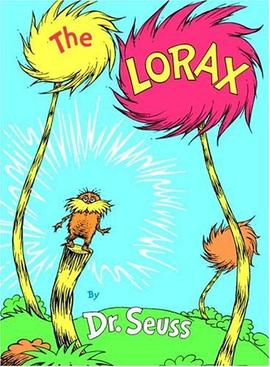
Book cover for Dr. Seuss’s The Lorax
A beloved childhood staple for thousands, “The Lorax”was banned in 1988 by a school district in California for its negative portrayal of the logging industry. The story follows a young boy named Ted, who in his search for the rare and almost mythical Truffula tree, learns the story of the Lorax, protector of the trees, and the Once-ler, who ultimately cut down all of the Truffula trees for manufacturing.
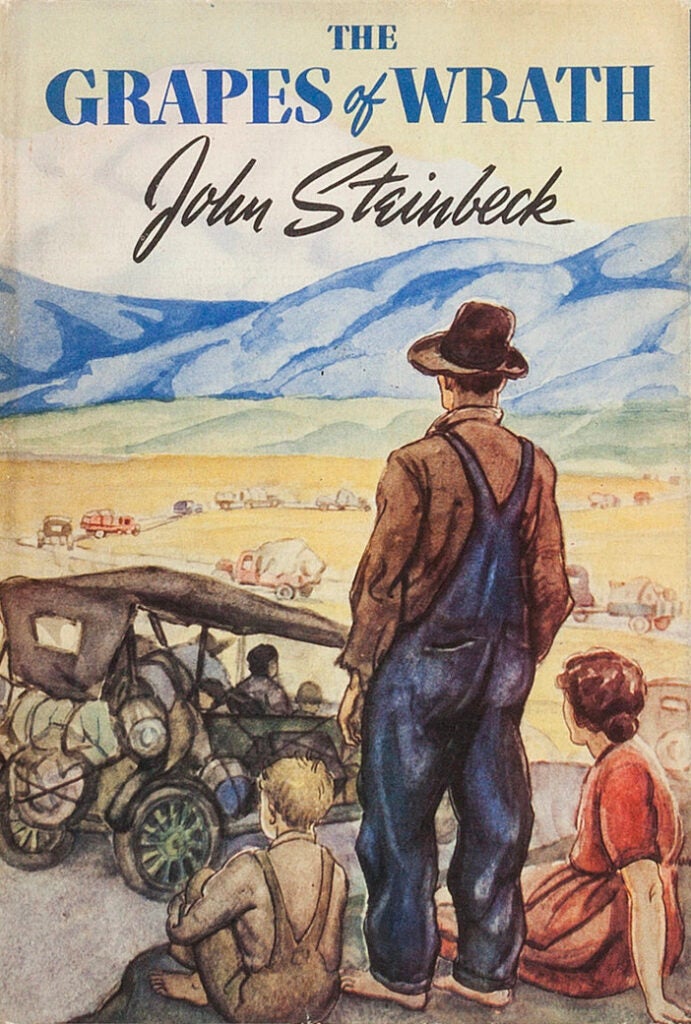
Book cover for The Grapes of Wrath (1939) by John Steinbeck
Steinbeck’s “The Grapes of Wrath” was a literary bombshell when it was published in 1939 and is often cited as a quintessential component of the American literary canon. The novel follows the grueling journey of Oklahoma Dust Bowl migrants toward California and centers around the social, political, economic and cultural impacts of the environmental damage of the time.
“The Grapes of Wrath” was the highest-selling book of 1939 and won a Pulitzer Prize and National Book Award. Many also believe it played a key role in Steinbeck winning the Nobel Prize in Literature in 1962.
Despite all this glittering success, “The Grapes of Wrath” was severely unpopular in Kern County, California, an agricultural community which harbored vast disapproval for the mass migration it experienced between 1935 and 1940. The book was banned for portraying the officials, farmers and citizens of the county as “inhumane vigilantes, breathing class hatred and divested of sympathy or human decency.”
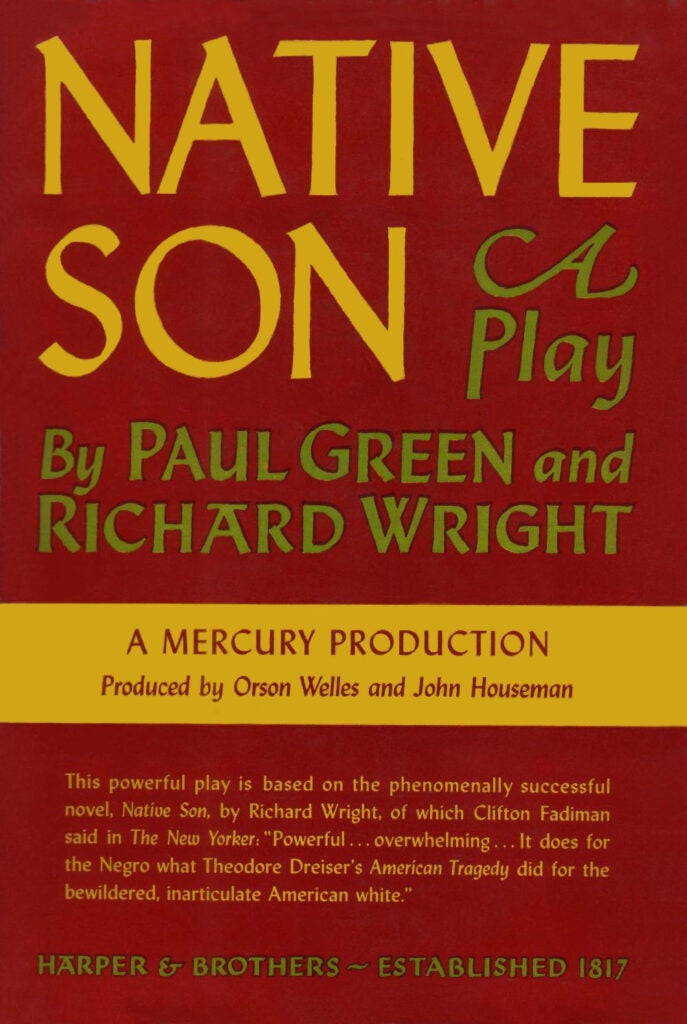
Book cover for the play Native Son (1941), originally written by Richard Wright.
“Native Son” follows the story of Bigger Thomas, a 20-year-old Black boy living in the South Side of Chicago. While not explicitly an environmental novel, the book also acts as an indirect window into the effects of environmental racism. For example, Thomas and his family live in unclean, unsafe housing that exposes them to disease-carrying pests like rodents. The book was banned in California for its “violent and sexual content,” which disturbed parents.
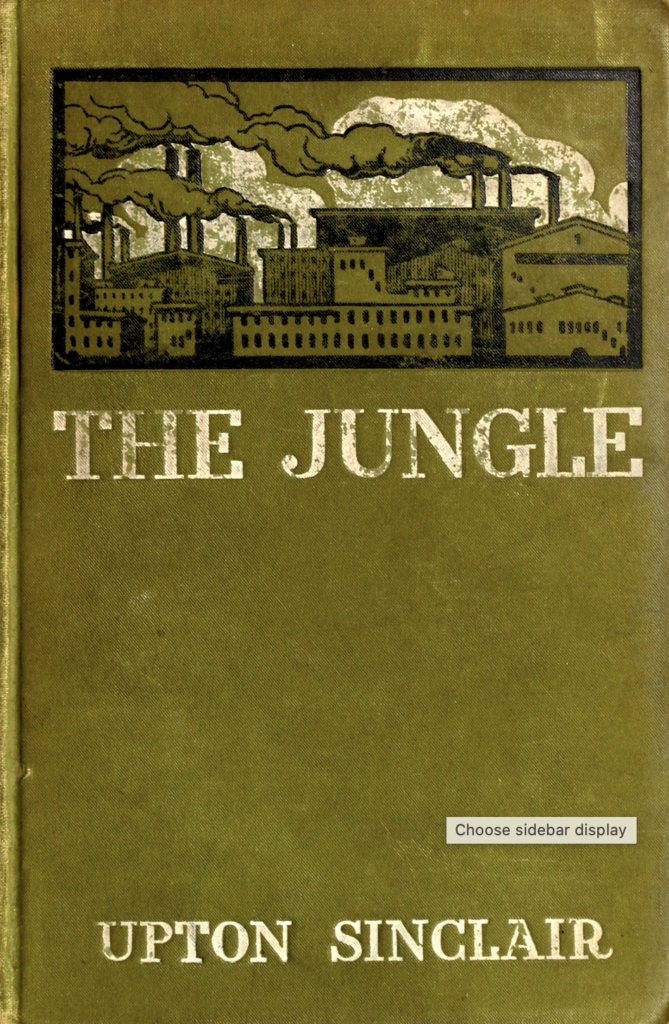
Book cover of The Jungle (1906) by Upton Sinclair
Although this book was not banned in the United States, “The Jungle” caused an uproar around the world for its exposure of the gut-wrenching conditions of meatpacking plants. It was banned in Yugoslavia, Nazi Germany and South Korea for its socialist ideas and was banned in East Germany for its opposition to communism.
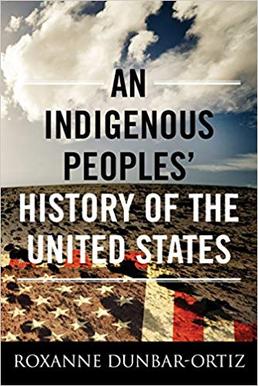
Book cover for An Indigenous Peoples’ History of the United States (2015)
This text on the vast, painful history of Indigenous peoples in the United States discusses a variety of environmental justice topics, including land rights, sovereignty, resource extraction and environmental racism. The book was banned by the Granbury Independent School District in Texas alongside 129 other books covering “controversial” topics for students. An adaptation of the book, “An Indigenous Peoples’ History of the United States for Young People,”was also banned in Texas for its discussion of topics that could make students uncomfortable.
